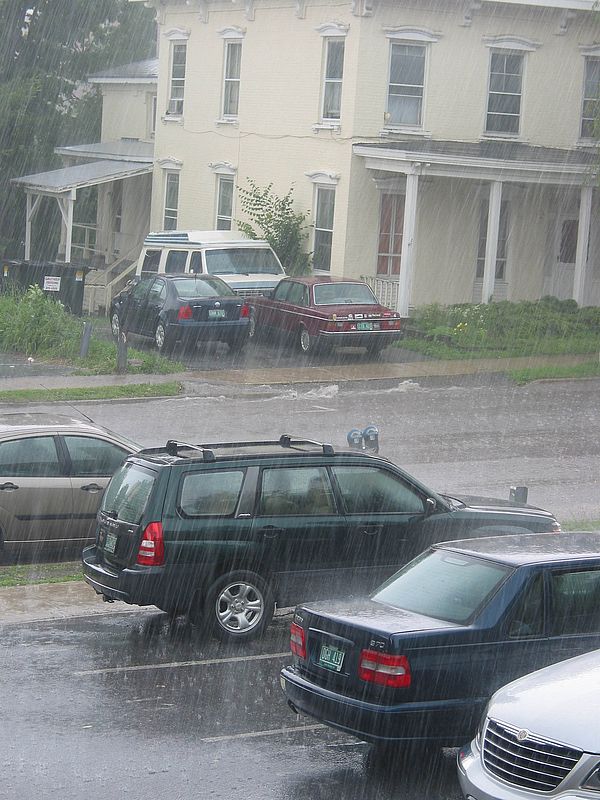The Nature Conservancy (TNC) recently released a report titled “Climate Change in the Champlain Basin: What natural resource managers can expect and do,” one of the first efforts in North America to assess climate change on a watershed scale and offer adaptation strategies. LCC Staff Scientist Mike Winslow served as a reviewer on the report.
The 42-page document determines that climate change is no longer just a philosophical or future threat, it's a reality in the Champlain Basin. Some changes that have already taken place include:
- Mean temperatures in the Champlain Basin rose by 2°F between 1976 and 2005, slightly faster than the global average.
- The average level of Lake Champlain is 1 foot higher than it was prior to the 1970s.
- The duration of ice cover on local lakes has shortened during the 20th century, with freeze-up now occurring two weeks later, on average. The main body of Lake Champlain now often fails to freeze over at all in winter.
The most effective techniques for adapting to these and other related changes include vegetated shoreline buffers and best management practices to keep runoff and nutrients out of waterbodies. These are actions which LCC has been advocating over the years. We are currently working to identify ways municipalities can adapt to the anticipated warmer temperatures, and greater frequency and intensity of storm events resulting from climate change. While state and federal agencies have the capacity to develop adaptation plans, municipalities have fewer resources. Thus, LCC’s work will fill a gap in efforts to adapt to a changing climate.
To read the report online and access the Web-based Climate Wizard tool, go to www.nature.org/champlainclimatereport. To order copies of the report, email vermont@tnc.org.
